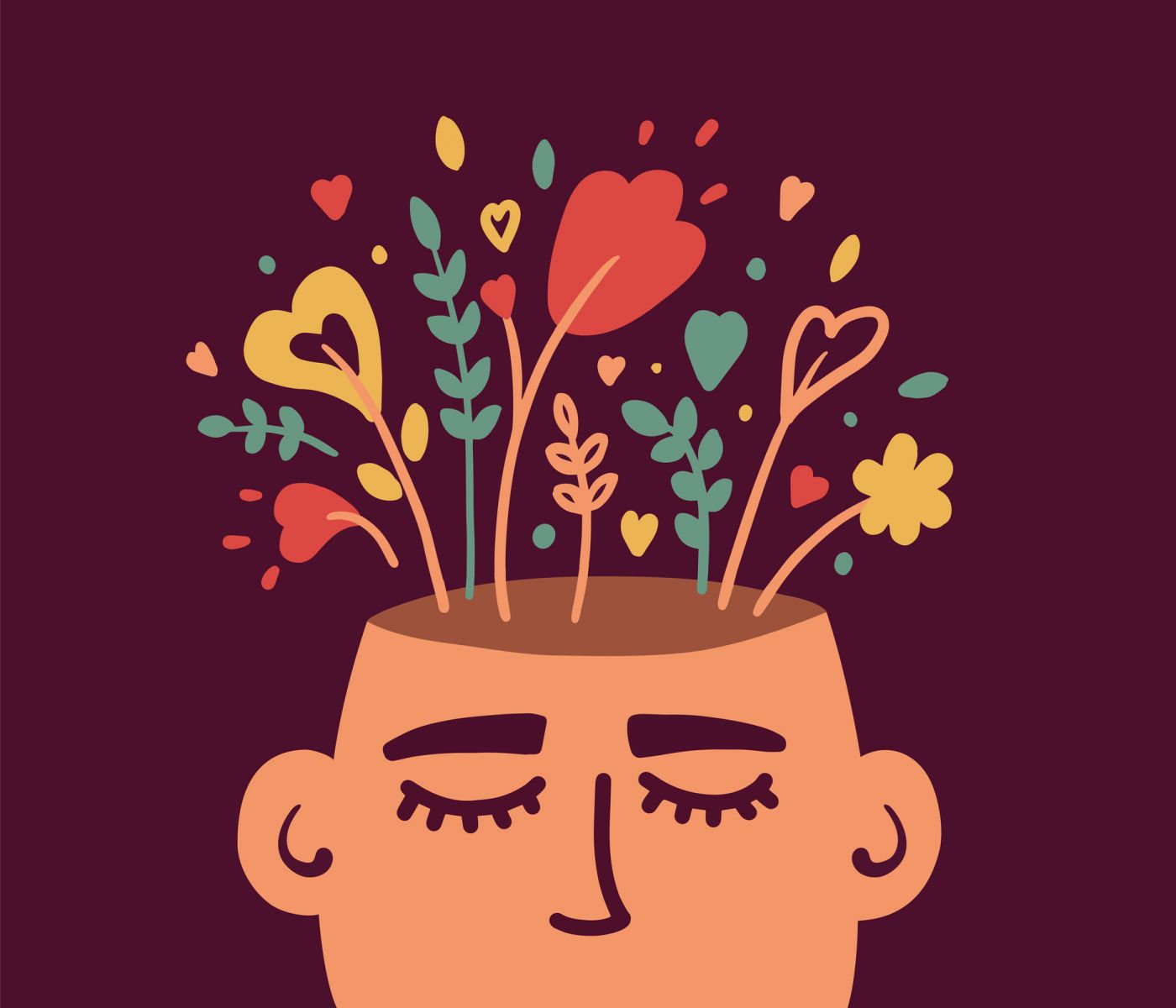Could Your Stress Actually Be Diabetes Distress?
 By Kamren Khan
By Kamren Khan
We are reminded during National Diabetes Awareness Month of the many daily challenges that are a part of living with diabetes – especially during COVID-19 and the holidays. If you are feeling overwhelmed it could be diabetes distress. Learn how to identify signs of diabetes distress, and what you can do to find support and manage negative emotions
Have you ever felt frustrated, angry, or stressed while managing your diabetes? You’re not alone – many people have a hard time coping with the emotional demands of diabetes management. In fact, the term “diabetes distress” is used to describe the experience of negative emotions that come from the challenges of living with diabetes.
If this resonates with you, you should know that diabetes distress is quite common. In fact, Diabetes UK reports that one in four people with type 1 diabetes and one in five people with type 2 diabetes experience high levels of diabetes distress. Data from the CDC indicates that rates of diabetes distress may be even higher, reporting that one in three people with type 2 diabetes may experience it. Moreover, researchers predict that rates may be further elevated due to the effects of COVID-19, including social isolation, increased general anxiety and depression, and disruption of normal routines. See here for diaTribe’s list of mental health resources during COVID-19.
Dr. Korey Hood presented “Diabetes Distress & Coping in the Time of COVID-19” as part of Stanford’s Project ECHO Diabetes series. He explained that many people worry extensively about future diabetes complications, which can prompt increased levels of distress. Other common stressors for people with diabetes include: concerns about glucose levels, insulin doses, device functionality, the ways diabetes interferes with daily life, feelings of social embarrassment or dependence, or fear of needles.
What are some signs of diabetes distress?
The symptoms of diabetes distress vary widely. Many people feel overwhelmed and frustrated with the day-to-day demands of managing their diabetes. Additionally, diabetes distress can be represented by feelings of isolation, exhaustion, or the lack of motivation to keep up with a diabetes management routine.
The Diabetes Distress Scale (DDS) is a seventeen-question survey used to screen for diabetes distress. It can be completed in just a few minutes and yields instant results. Some diabetes clinicians suggest using the DDS regularly to gauge a person’s emotional and mental well-being. If you think that you might be experiencing diabetes distress – or have never been given the DDS – ask your healthcare professional if you can take it.
How is diabetes distress different from depression?
Depression is also prevalent in diabetes: people with diabetes are two to three times as likely to have depression than people without diabetes. However, there are important distinctions between depression and diabetes distress: depression is considered a mental health disorder, while diabetes distress is seen as an emotional reaction to managing diabetes stressors. Although diabetes distress and depression share some symptoms, they have distinct diagnostic criteria and require different methods of treatment.
According to the DSM-5, people with a minimum of five of the following symptoms for at least two weeks fit the diagnosis of depression:
-
Decreased interest or pleasure in daily activities
-
Significant weight loss or highly volatile appetite
-
Depressed mood lasting most of the day
-
Decreased feelings of self-worth or inappropriate guilt
-
Decreased focus or concentration
-
Repeated suicidal ideation
-
Fatigue or low energy
-
Observable decrease in physical movement
Diabetes distress is more common than clinically diagnosed depression in people with diabetes, though many people with depression may not be diagnosed.
How can diabetes distress affect your diabetes?
The relationship between depression or diabetes distress and diabetes is a vicious circle. Depression and diabetes distress can make managing diabetes harder, and diabetes management can intensify feelings of depression or diabetes distress. Further, levels of diabetes distress and A1C are related; people experiencing high levels of diabetes distress are more likely to have a higher A1C.
How can you manage diabetes distress?
If you feel that you are experiencing any form of diabetes distress, it is important that you reach out to your diabetes educator or healthcare professional so they can evaluate your symptoms and establish a care plan. Here are some coping strategies you can try:
-
Seek support from friends or family and let them know how you’re feeling
-
Consider talking to a mental health professional
-
Get involved with a diabetes support group
-
Change up your routine
-
Try using new diabetes technology – like a continuous glucose monitor or automated insulin delivery system – that can reduce or simplify some of the day-to-day diabetes tasks. Check your health insurance to see if it will cover a new diabetes device.
-
Set realistic goals and don’t expect to be perfect
-
Get involved in advocacy or service projects – this can be more difficult during the current COVID-19 pandemic; make sure you are staying safe and finding ways to volunteer virtually
What resources are available?







